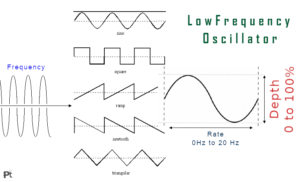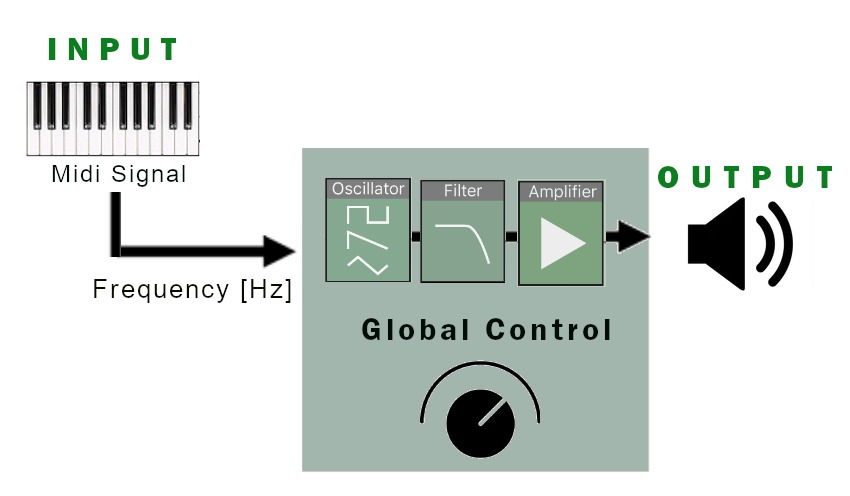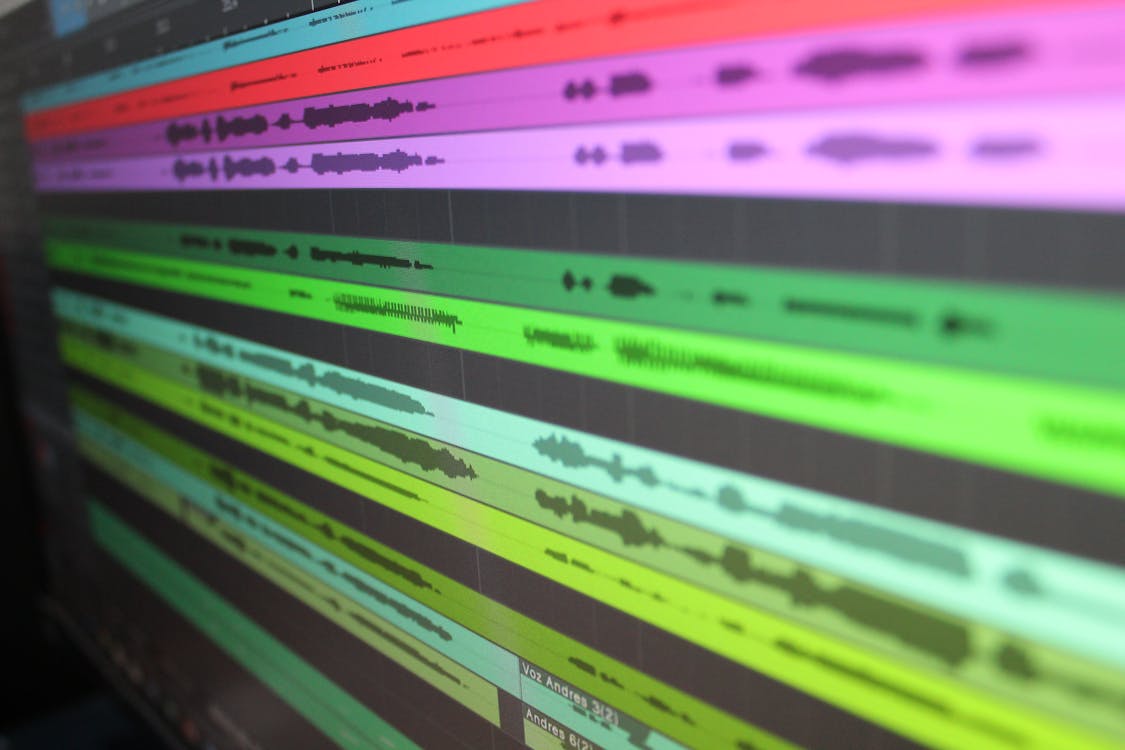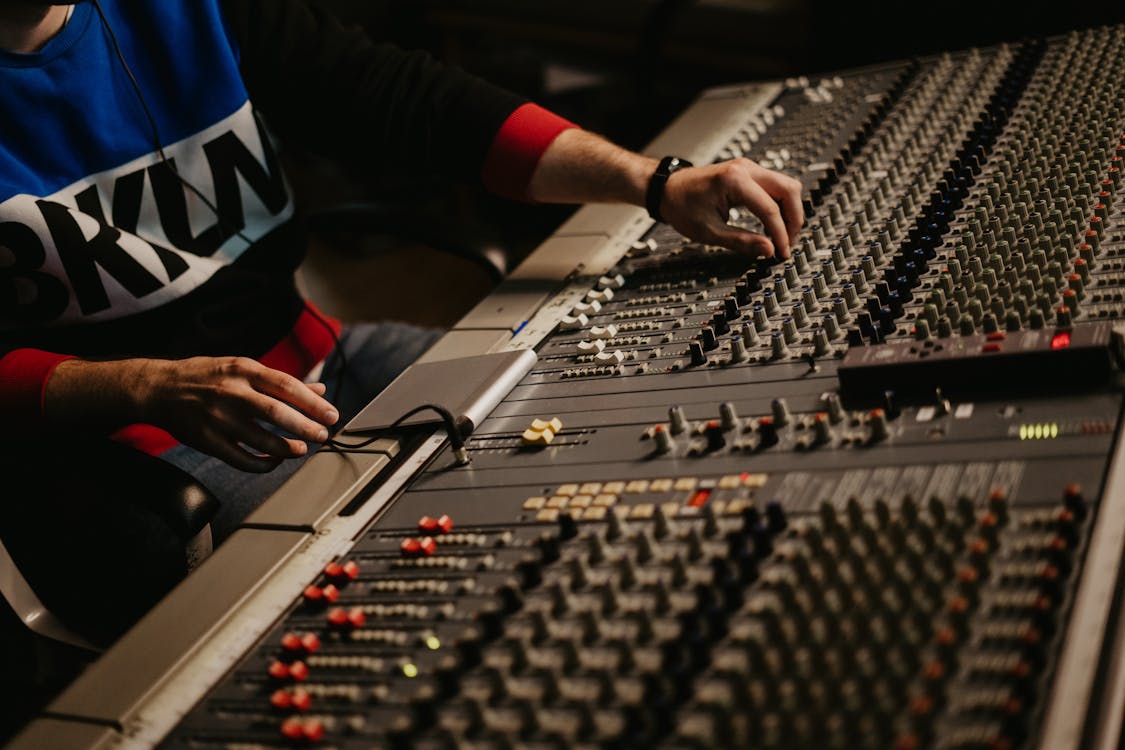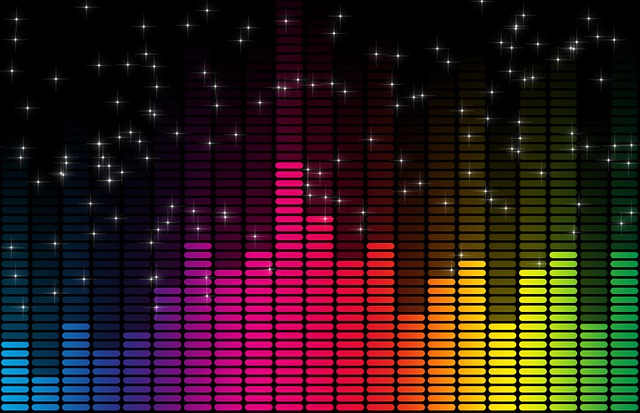
A primer on equalization – what it is, where it came from, how it works, and how it differs from other types – will help clarify some of the mysticism around EQ tools and methods. An EQ is one of the most common types of audio processing. As well as boasting a sound’s volume, it can fix certain imperfections. A harmonious blend of sounds is created by cutting or boosting unwanted frequencies. If we know our mics won’t reject certain frequencies, we won’t have to worry about tinny cymbals, scratchy acoustic guitars, and sibilant vocals.




